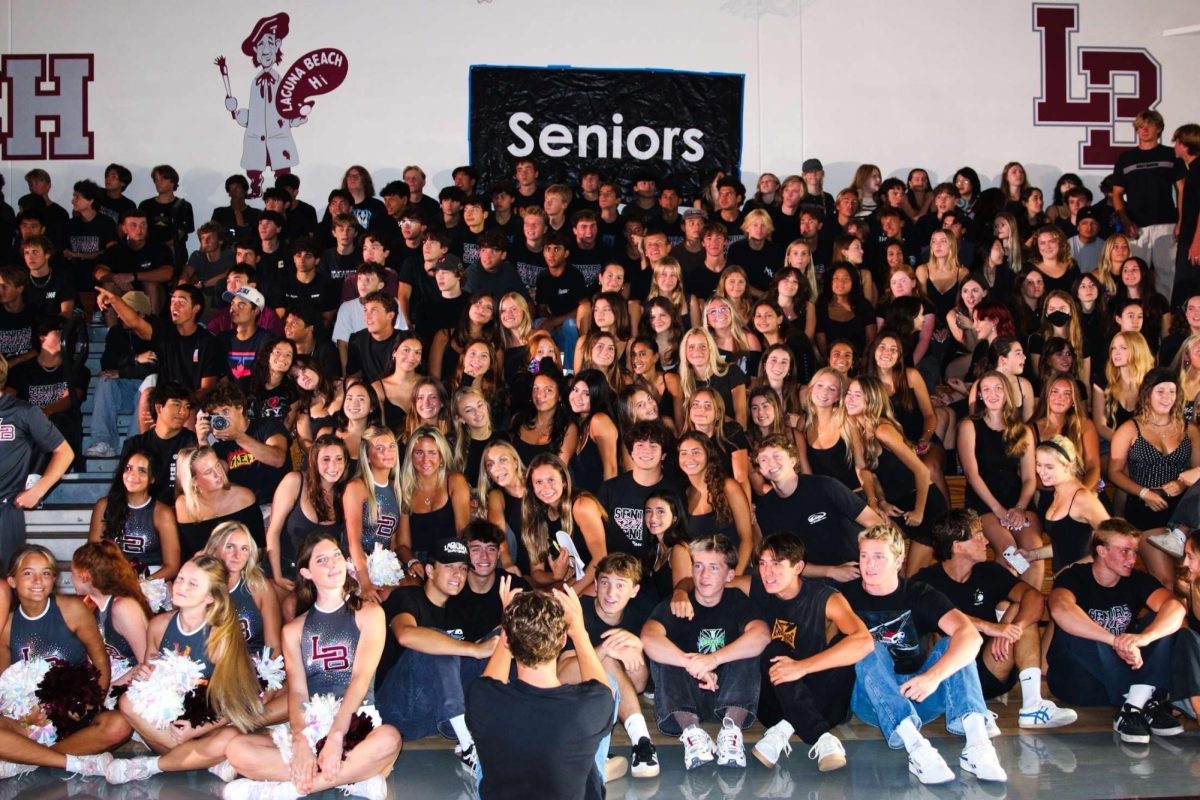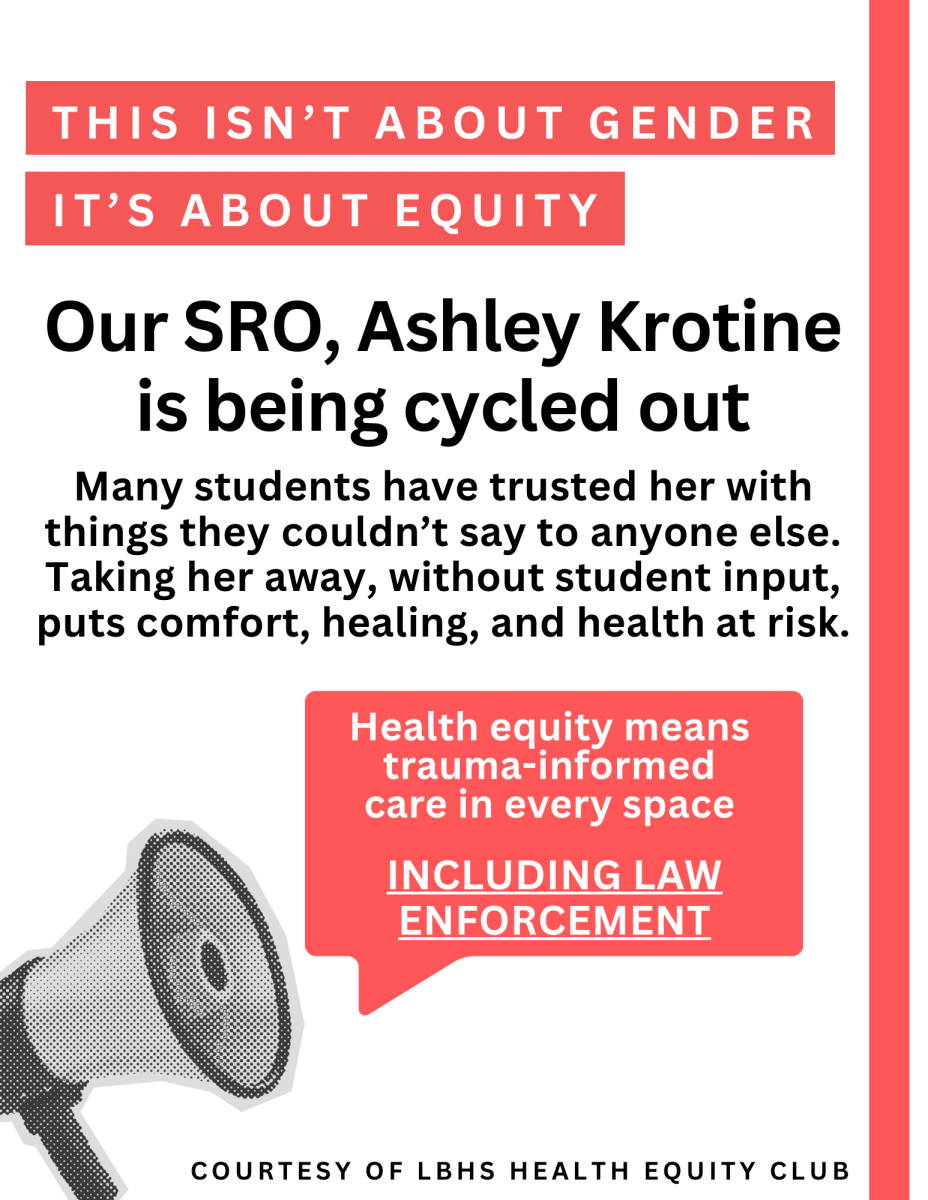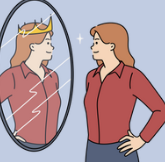“You have to look out for yourself,” is one of the most famous pieces of advice in the 21st century. However, when everybody’s first priority is themselves, there’s no room for camaraderie.
According to a 2021 publication by the College Board, about ⅓ of all high school students took at least one AP class during their high school career. Whether it be to stand out in college applications or a simple wish to “achieve greatness,” each student has their reasons for deciding to take an AP course. However, the result of these classes may not be as great as millions of other students across the country have been led to believe.
Starting in July of 1974, sociologist Michael Burawoy began working as a machine operator for a large company known as Allied Corporation. During his time there, Burawoy observed that workers would not complain about the substandard working conditions or heavy workloads; instead, they were working extremely hard. Consequently, Burawoy begged the question, “Why do workers work as hard as they do?” The answer lay in Allied Corporations’ piece-rate system. Instead of being paid based on the amount of time they worked, they were paid based on the amount of work they completed. This system made their pay determined by their own individual labor, not the labor of the collective, resulting in a competitive work environment stripped of community and cooperation. In 1979, Burawoy used this experience as the primary example in his book Manufacturing Consent, where he coined the term “the game of making out”. In this game, workers have no choice but to compete with one another to make it out successfully.
Burawoy’s analysis reveals that this competitive pressure is not confined to the workplace, but extends across many fields, including education. In the high school environment, the ability of students to “make it out” is at the expense of their well-being and sense of community. In a survey conducted by the author, 80% of students responded that they have felt the need to compete with their peers, and some respondents stated that sometimes this competition has been insinuated by said peers. As one responder noted, “[My friends] put pressure on me [as] if I’m ‘stupider’ than them”.
Exacerbated competition and stress can contribute to mental health issues such as anxiety and depression, which are becoming increasingly common among high schoolers. Also, this pressure-filled environment can increase feelings of inferiority for students, further creating a wedge between student relationships and sociability.
In this hyper-competitive environment, schools and educators should intervene to address these issues. By fostering a culture of collaboration rather than competition through things like group work that emphasizes participation, we can create an academic environment in which reliance on individual work is less prevalent. Additionally, schools can offer more resources explicitly focused on stress management, ensuring that students have the help they need to navigate any academic or social issues they face. Instead of viewing classmates solely as competitors, students should embrace group projects, study groups, and peer communication as ways to build a supportive community. By prioritizing teamwork and mutual support, students can create a more positive and less competitive learning environment.
On a larger scale, rethinking the structure of AP and honors classes as a whole may be a necessary step in helping students be able to have a stronger sense of community with the people around them. By showing students that there are many paths to success and not just the one so commonly preached to them, environments focusing on genuine learning and effort rather than just grades and achievements could shift the focus away from competition. By creating an environment that values collaboration, supports mental health, and redefines success, schools can help students thrive both academically and personally, hopefully leading to a more supportive and eustress educational experience.








